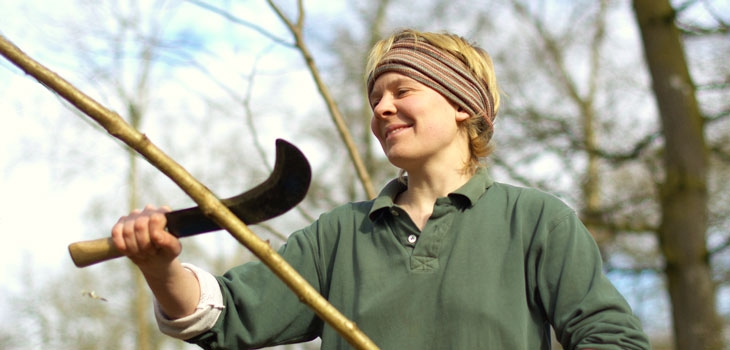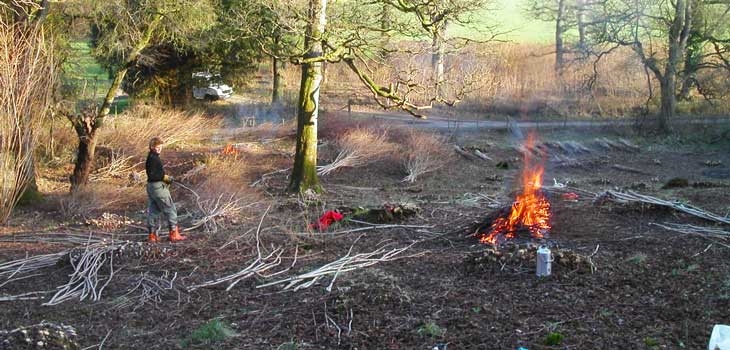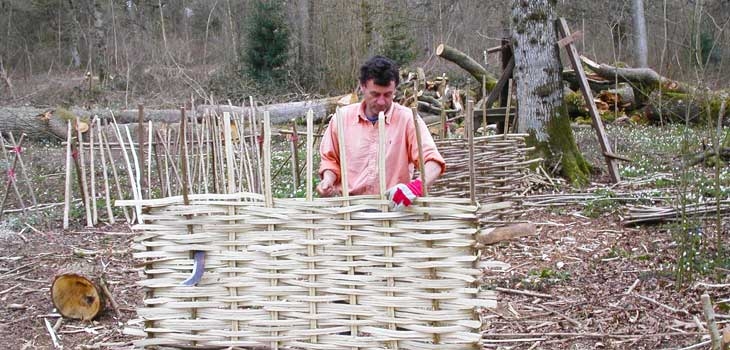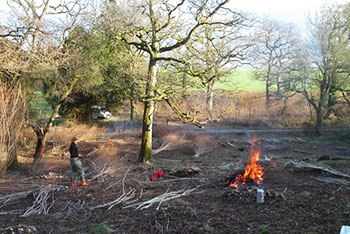Coppicing: A traditional forestry practice
Coppicing is a traditional forestry practice that has been used for centuries in many parts of the world. It involves cutting back trees or shrubs to near ground level to encourage new growth to emerge from the base. This new growth is then harvested for a variety of purposes, including firewood, timber, and charcoal.

Coppicing has many benefits for both the environment and human society. Here are some of the key advantages of this practice:
Sustainable forest management
Coppicing allows for the sustainable management of forests and woodlands. By cutting back trees and shrubs on a regular basis, coppicing ensures that the trees are not overharvested and that the forest ecosystem remains healthy.
Increased biodiversity
Coppicing can increase the biodiversity of a forest or woodland by creating a variety of habitats for different species. The new growth that emerges after coppicing provides food and shelter for a range of animals and plants.
Carbon storage
Trees and other vegetation are important for storing carbon, which helps to mitigate the effects of climate change. By encouraging new growth through coppicing, forests and woodlands can store more carbon over time.
Renewable energy
Coppicing can provide a source of renewable energy in the form of firewood and charcoal. This can help to reduce the reliance on fossil fuels and promote more sustainable forms of energy production.
Traditional skills
Coppicing is a traditional forestry practice that has been passed down through generations. By continuing to practice coppicing, we can help to preserve traditional skills and knowledge.
Since 2014, the Community Programme participants have been helping to restore derelict coppice, including the area around the Community Shelter. This is one way we share this important skill with our wider audiences and demonstrate why coppicing is so important to us at Westonbirt.

There are many different types of trees and shrubs that can be coppiced, including oak, ash, hazel, willow, and chestnut. The timing and frequency of coppicing will depend on the species and the intended use of the harvested material.
Coppicing is not without its challenges, however. One potential drawback is that it can be labour-intensive, requiring skilled workers to carry out the cutting and harvesting. Additionally, the practice can be disruptive to some forest ecosystems, particularly if it is done too frequently or at the wrong time of year.
Despite these challenges, coppicing remains an important and valuable forestry practice. By promoting sustainable forest management, supporting biodiversity, and providing renewable energy and traditional skills, coppicing can play an important role in building a more sustainable and resilient future.
Westonbirt coppicers sell bean poles, pea sticks, and charcoal made from coppiced Westonbirt wood during the spring and summer. Find out more here...

Read about another restoration project, the Westonbirt Woodworks...
Sponsor your favourite square at Westonbirt Arboretum, for £25 a year...
